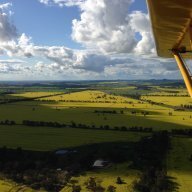-
Posts
1,029 -
Joined
-
Last visited
-
Days Won
13

Roundsounds replied to farri's topic in Governing Bodies

Roundsounds replied to farri's topic in Governing Bodies

Roundsounds replied to farri's topic in Governing Bodies

Roundsounds replied to farri's topic in Governing Bodies

Roundsounds replied to farri's topic in Governing Bodies

Roundsounds replied to farri's topic in Governing Bodies

Roundsounds replied to farri's topic in Governing Bodies

Roundsounds replied to farri's topic in Governing Bodies

Roundsounds replied to Parkway's topic in Student Pilot & Further Learning

Roundsounds replied to DWF's topic in Governing Bodies

Roundsounds replied to DWF's topic in Governing Bodies

Roundsounds replied to DWF's topic in Governing Bodies

Roundsounds replied to Parkway's topic in Student Pilot & Further Learning

Roundsounds replied to Parkway's topic in Student Pilot & Further Learning

Roundsounds replied to Parkway's topic in Student Pilot & Further Learning

Roundsounds replied to Parkway's topic in Student Pilot & Further Learning

Roundsounds replied to Parkway's topic in Student Pilot & Further Learning

Roundsounds replied to Parkway's topic in Student Pilot & Further Learning

Roundsounds replied to Parkway's topic in Student Pilot & Further Learning

Roundsounds replied to Parkway's topic in Student Pilot & Further Learning

